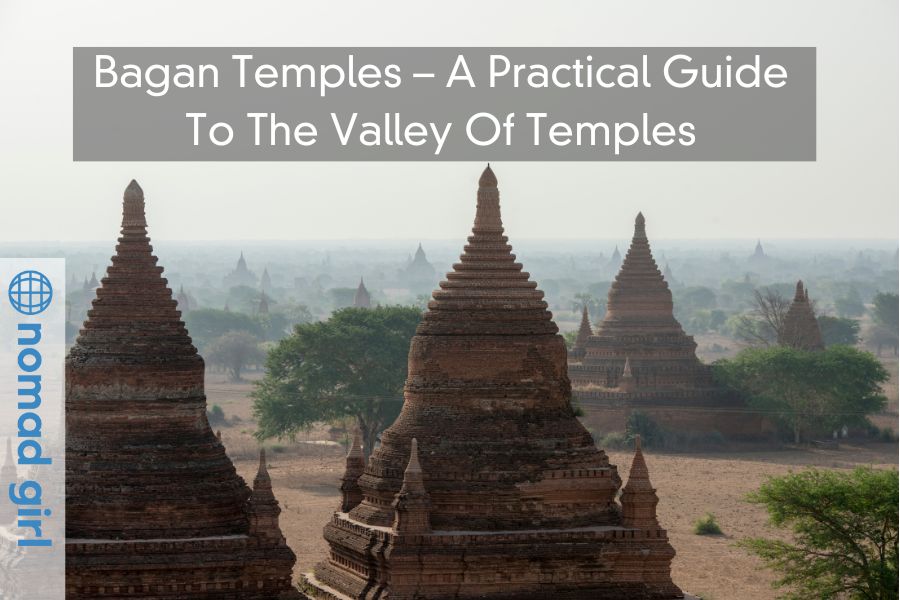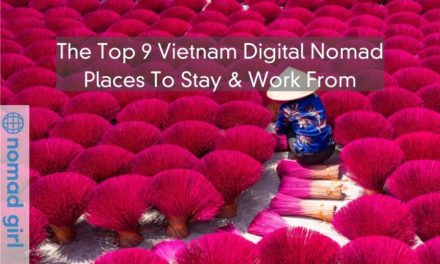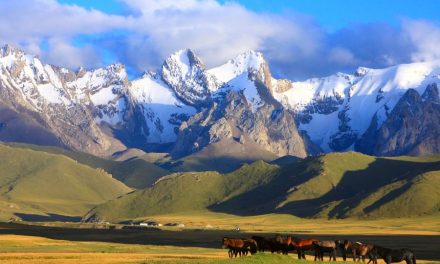The Bagan Archaeological Zone covers an area of 13km x 8km, including the regions of Old Bagan, Nyaung U, and New Bagan.
Bagan, a historical city, was established in the late 9th century. It had a significant number of stupas, temples, and monasteries, with approximately 1000 stupas, 10,000 temples, and 3000 monasteries covering an expansive area of about 100 square kilometres.
In Bagan, an active earthquake zone, you may observe that some stupas have been damaged or only parts of the structures are still intact. As a consequence, numerous structures have been affected, leaving behind a total of 2229 remaining temples and pagodas.
While biking around the area, you will be amazed by the sheer number of temples, stupas, and pagodas that dot the skyline. With so many options to choose from, it may be difficult to decide which temple to explore next.
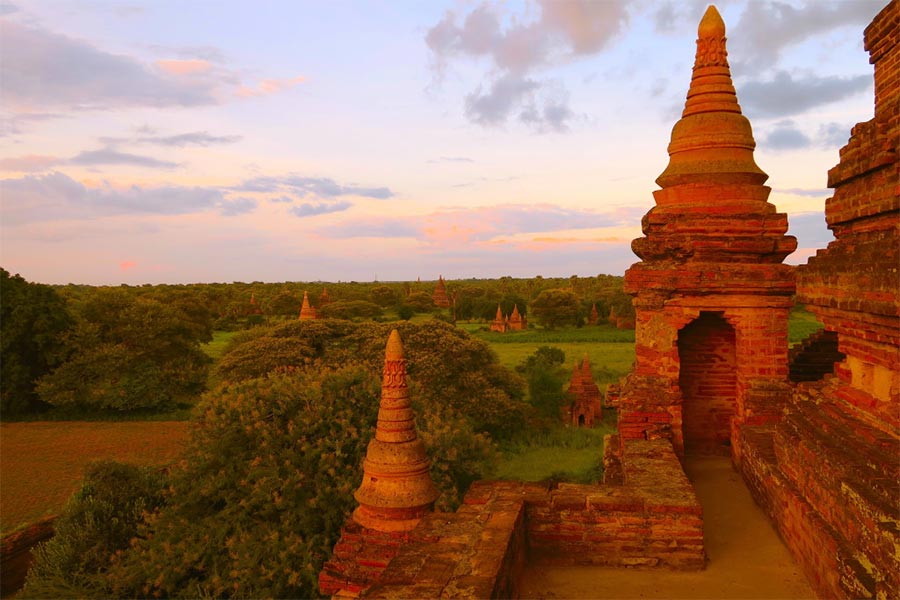
The stupas, also called pagodas, are commonly a tall cylinder shape, with some being quite bell shaped.
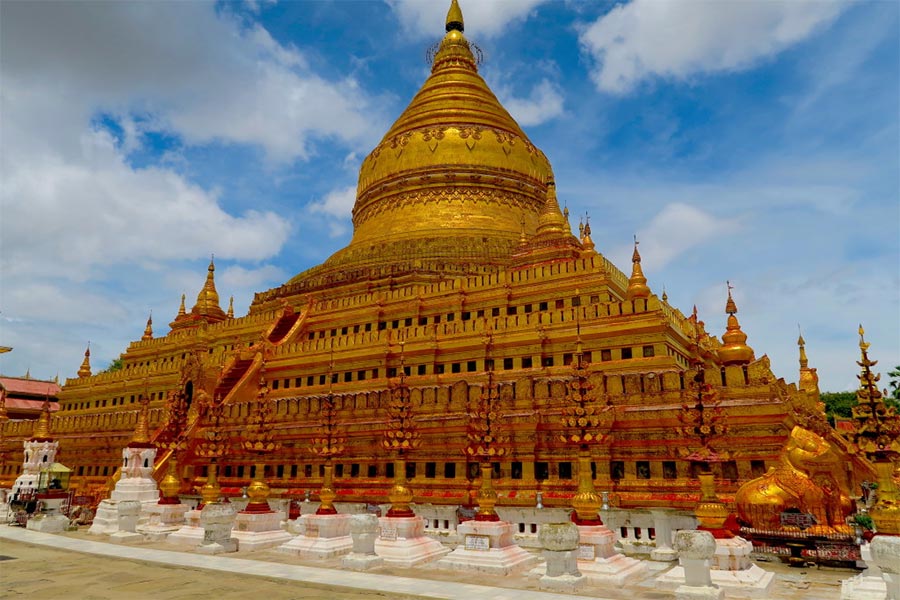
The temples are larger hollow structures which were designed for meditation and worship of Buddha.
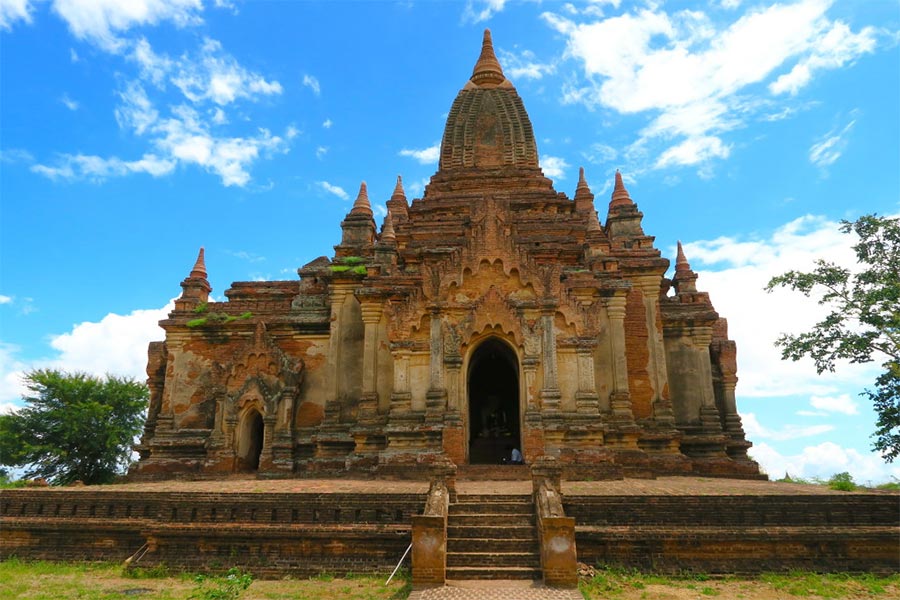
The Dhammayangyi Temple is the largest in Bagan, and was built in 1196.
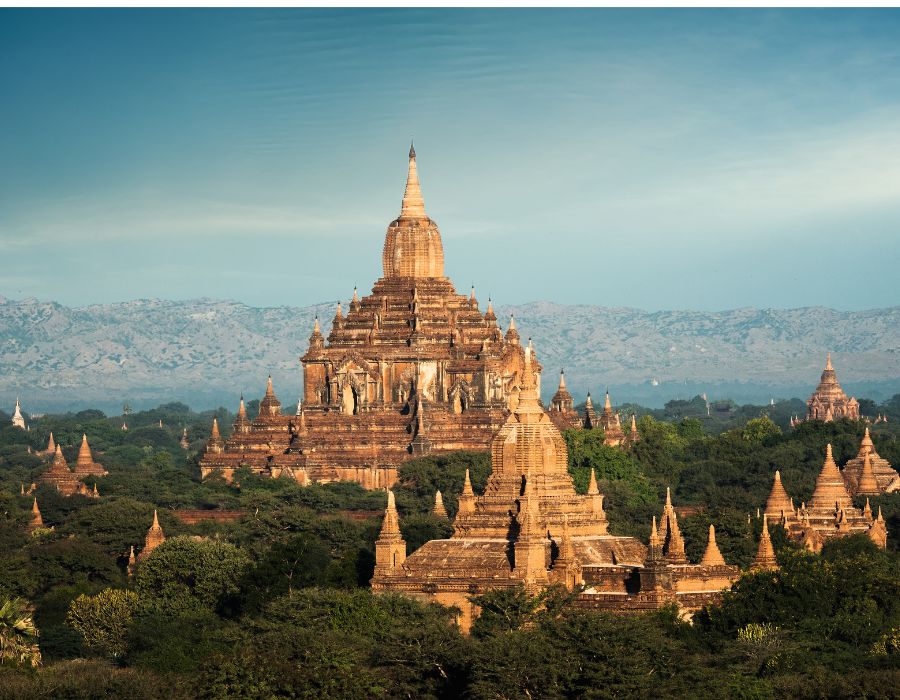
The Ananda Temple is one of the most famous and was built in 1105.
Bagan is located in a region with an arid climate, which is evident throughout the year. Even during the rainy season, it rarely rains, and the temperatures remain high, especially in the midday hours.
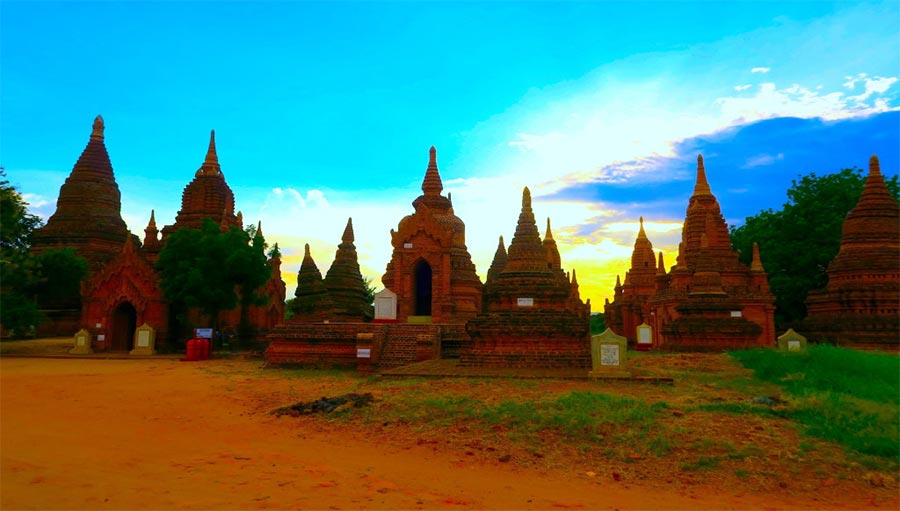
Arriving
To enter Myanmar, it is necessary to obtain a visa. The process involves applying for an e-Visa online through the government immigration website, http://evisa.moip.gov.mm. During the application, you will need to provide a photo of yourself, as well as your contact details, home address information, and payment of $50 USD. Once approved, you will receive an email with an attached visa letter within the following day.
Upon arriving in Bagan, I took a bus from Yangon and was dropped off at a bus station located 8km away from the town center. In order to reach my destination, I noticed a few taxis nearby and approached one of them.
Luckily I was able to converse with the driver, with gestures, maps and a picture of the front of the guest house i wished to stay. Once he saw the photo of the front of the guesthouse he knew straight away where it was (because the village is so small).
The bus departed from Yangon at 8 am, after passengers checked in their bags at 7:30 am. It reached Bagan at 5 pm, making two stops along the way.
During my travel, I encountered a language barrier with both the drivers and passengers who did not speak English. As a result, my attempts to inquire about the duration of our stops were met with confused expressions. Feeling a sense of urgency, I would quickly use the restroom and return to the bus, fearing that I might be left behind without anyone noticing or showing concern.
During the taxi ride to the city centre, we encountered a few stops at the tourism foreign entry points. One of these stops required me to purchase a $ 20 USD ticket for the Bagan Archaeological Zone, where the magnificent temples are located. The taxi fare for this journey amounted to 9000 kyat.
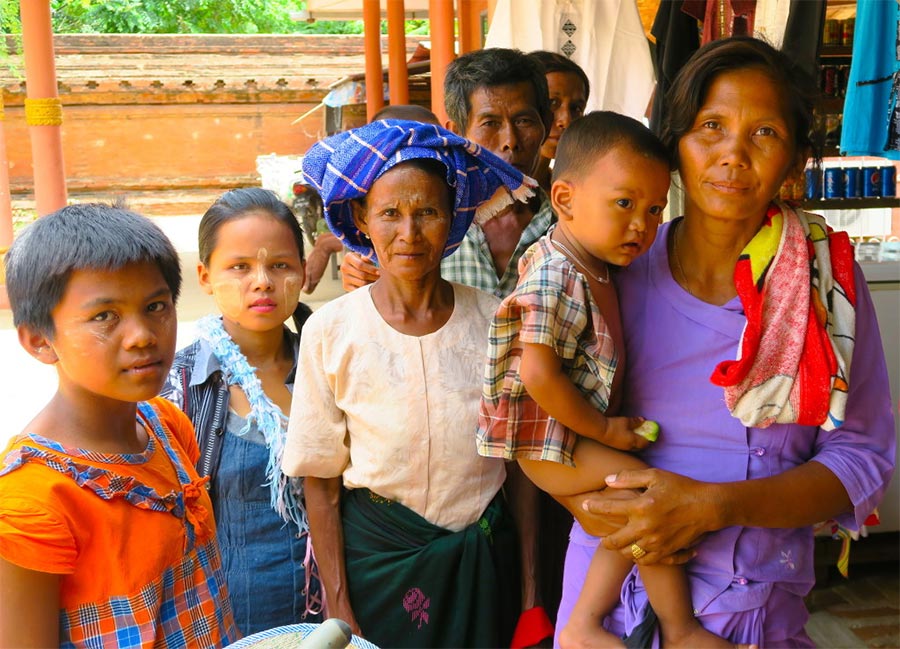
Where to stay
If you are seeking guesthouse-style accommodation in the Bagan region, Nyaung U is the ideal area to consider. The region is divided into three sections: Nyaung U, Old Bagan, and New Bagan.
Old Bagan is a historic site in Myanmar that features vast fields of temples, pagodas, and ancient ruins.
New Bagan is an area that, as the name implies, is relatively new. It is home to a handful of larger hotels and a limited selection of restaurants catering to tourists.
The Nyaung U region is a quaint village community with a charming atmosphere. In this area, you will discover a small but vibrant fresh food market where you can buy a variety of fresh fruits at affordable prices. Additionally, there are a few guesthouses available for accommodation and several local restaurants that have adapted to cater to tourists, offering a selection of Western cuisine, including pizza and ice cream.
During my stay in Nyaung U, I opted for accommodation on the main road. After browsing through various options on Trip Advisor, I came across Pann Cherry Motel, which had received positive reviews specifically catering to backpackers.
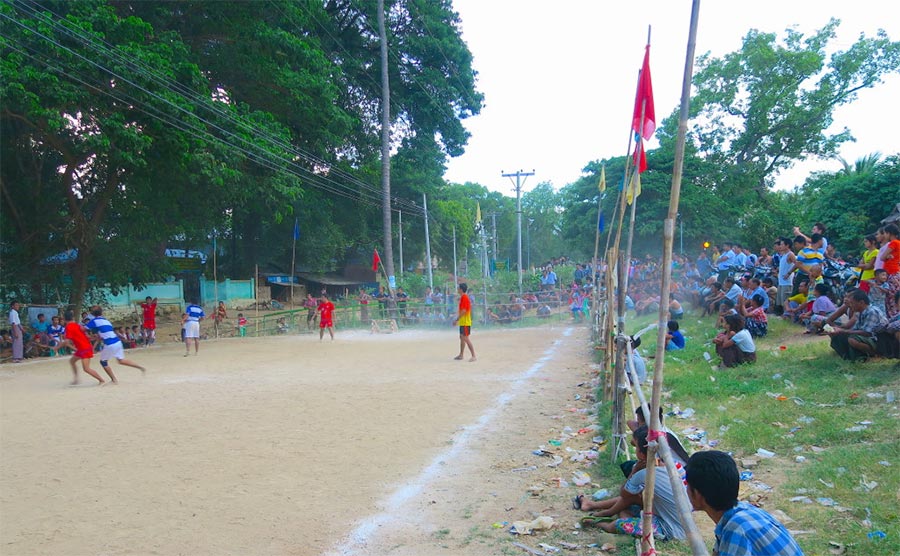
The accommodations consist of single, double, or triple rooms. Depending on the room type, guests may have their own private bathroom. However, in my case, as I stayed in a single room, I shared a bathroom with others. The staff members were extremely friendly, helpful, and courteous, even going so far as to open the main door for me whenever I left the premises.
At the village, I found affordable options for transportation such as bicycle rentals, e-bikes, and bus tickets from the staff. They offered these services at a much lower price compared to other places. Additionally, they provided me with a map, offered valuable suggestions, and went above and beyond to assist me.
Upon my arrival in Bagan, I was taken aback by the small, dusty, and remote nature of the village. As someone who tends to feel uneasy in remote places, I must admit that I initially felt quite uncomfortable. Furthermore, arriving in the evening meant that I couldn’t find any open fresh food markets, which further dampened my first night experience. However, thanks to the helpful and accommodating staff, I was able to make the most of my time in this small and dusty village.

Nyaung U
Nyaung U, a township in Myanmar, offers limited options for entertainment and nightlife. However, visitors can find a handful of small bars and restaurants that serve alcohol for those seeking such experiences.
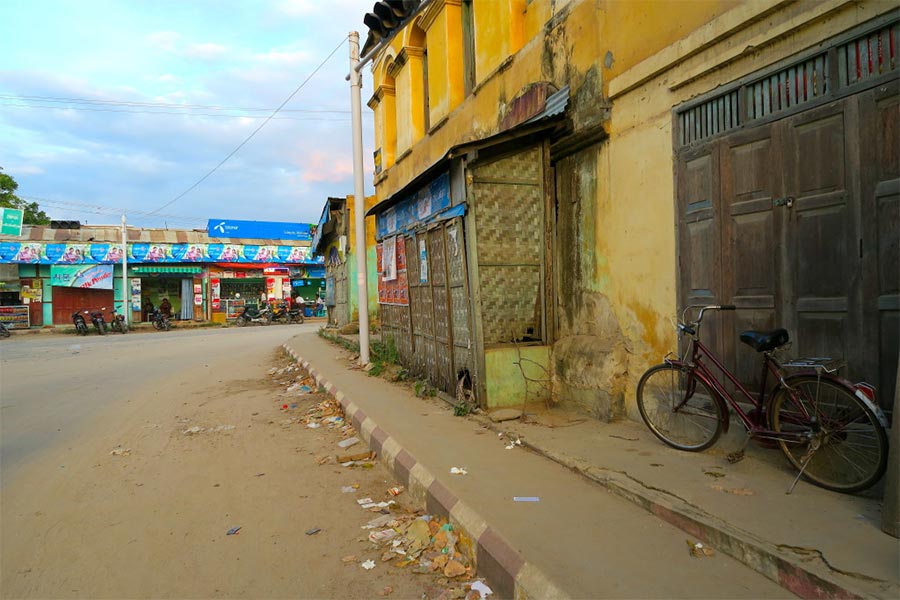
In the area, there is a scarcity of streetlights which can make navigating at night quite challenging. Upon my arrival, I had a near miss with a cart due to my decision to wear sunglasses in the dark, as the environment was heavily dusty. Consequently, I refrained from venturing outdoors after sunset for my own safety.
ATMs were first introduced in Bagan in October 2014, making it considerably less modernized compared to the rest of the world.
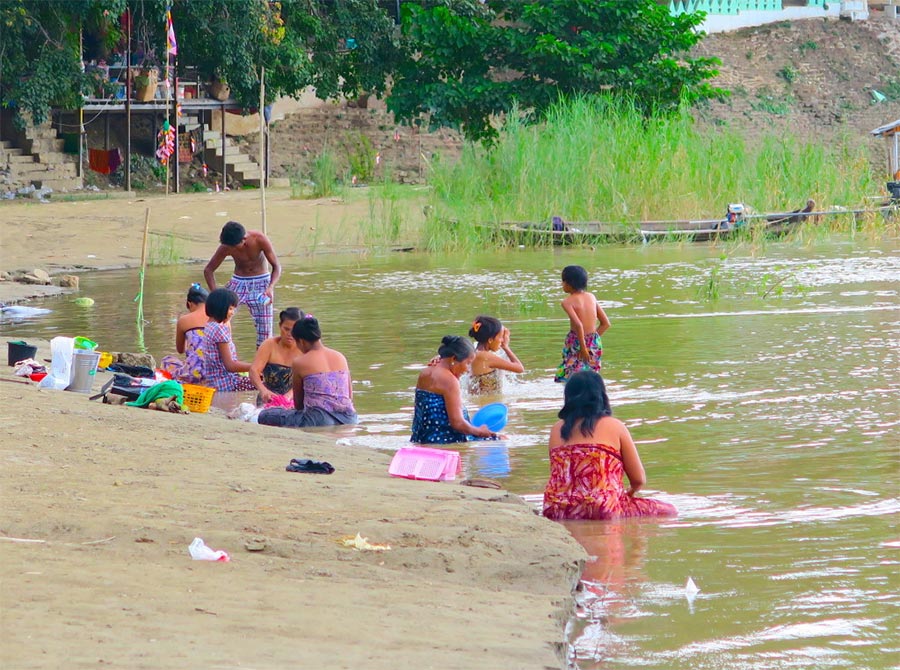
How to get around
Bicycle
On my first day, I decided to rent a bicycle for 1500 kyat, which is equivalent to $1.50 USD. I explored the village area by cycling to the local market, where I bought some fresh fruit. The bike functioned perfectly, allowing me to enjoy a delightful ride through the charming, albeit dusty, village. It is advisable to bring sunglasses to protect your eyes from the sun.
Following my journey, I made my way to the temples with a map in hand, filled with anticipation. However, after my second visit to a pagoda near the village, I quickly realized the impracticality of wearing sneakers while riding a bicycle. This was due to the requirement of removing shoes before entering any of the buildings. I promptly turned around and headed back to my guesthouse to retrieve my flip-flops.
When visiting the temple, it is customary to remove and put on your shoes multiple times as you traverse the grounds. The ruins and staircases are constructed with clay, sand, and brick, resulting in dusty footpaths. Additionally, in certain areas, you will need to walk barefoot on the scorching hot pavement to move between buildings. This may lead to some running and laughter from the locals.

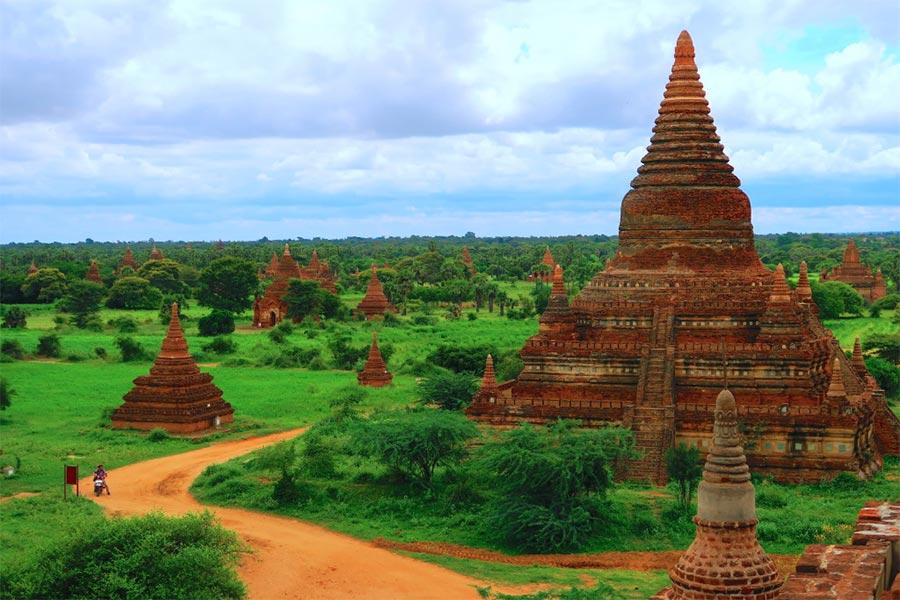
e-Bike
During my second day of exploring, I decided to rent an electric bike for 5000 kyats. This mode of transportation is similar to an electric scooter, but it is smaller, slower, and operates silently.
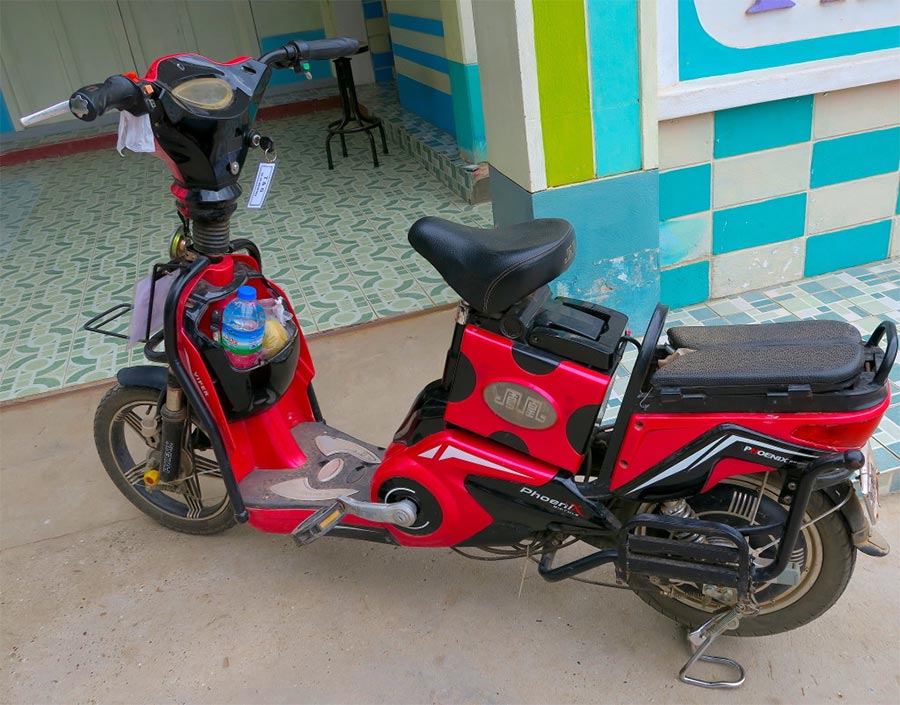
To ensure I didn’t miss out on the opportunity to watch the sunrise from a temple or stupa, I placed my order for the key the night before. As a result, my guest made arrangements for the key to be available at the reception by 4 am.
The e-bike proved to be a practical and convenient mode of transportation as I explored the temples, dirt trails, and main roads. Manoeuvring around obstacles such as cows, goats, buffaloes, horse and carts, and other motorbikes was a breeze on this motorscooter-like vehicle.
In contrast to the chaotic traffic in Yangon, the traffic in this area was relatively safe and considerate. Drivers would honk and reduce their speed when overtaking other vehicles.
Getting away
The cost of a bus ticket to Mandalay is 7000 kyat, and the travel time is approximately 6 hours.
The cost of a bus ticket to Yangon is 12000 kyats. However, I was able to purchase a cheaper ticket (14000 kyats) from my guesthouse in Bagan for my journey to Bagan. The total travel time for this trip was 9 hours.
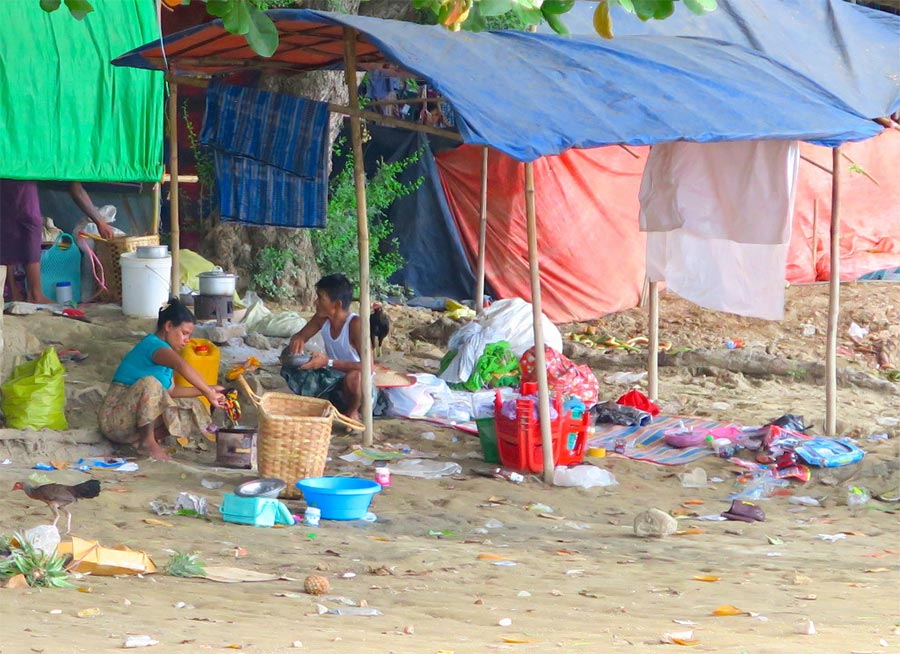
This post aims to provide valuable information about travelling to Bagan. It is surprising to hear from guesthouse staff about the rapid changes and modernization taking place in the region. Visiting Bagan feels like stepping back in time and immersing oneself in a completely different world.
If you are interested in experiencing the charm of Bagan before significant changes occur and its tourism industry expands further, it is advisable to plan your visit in the near future.


